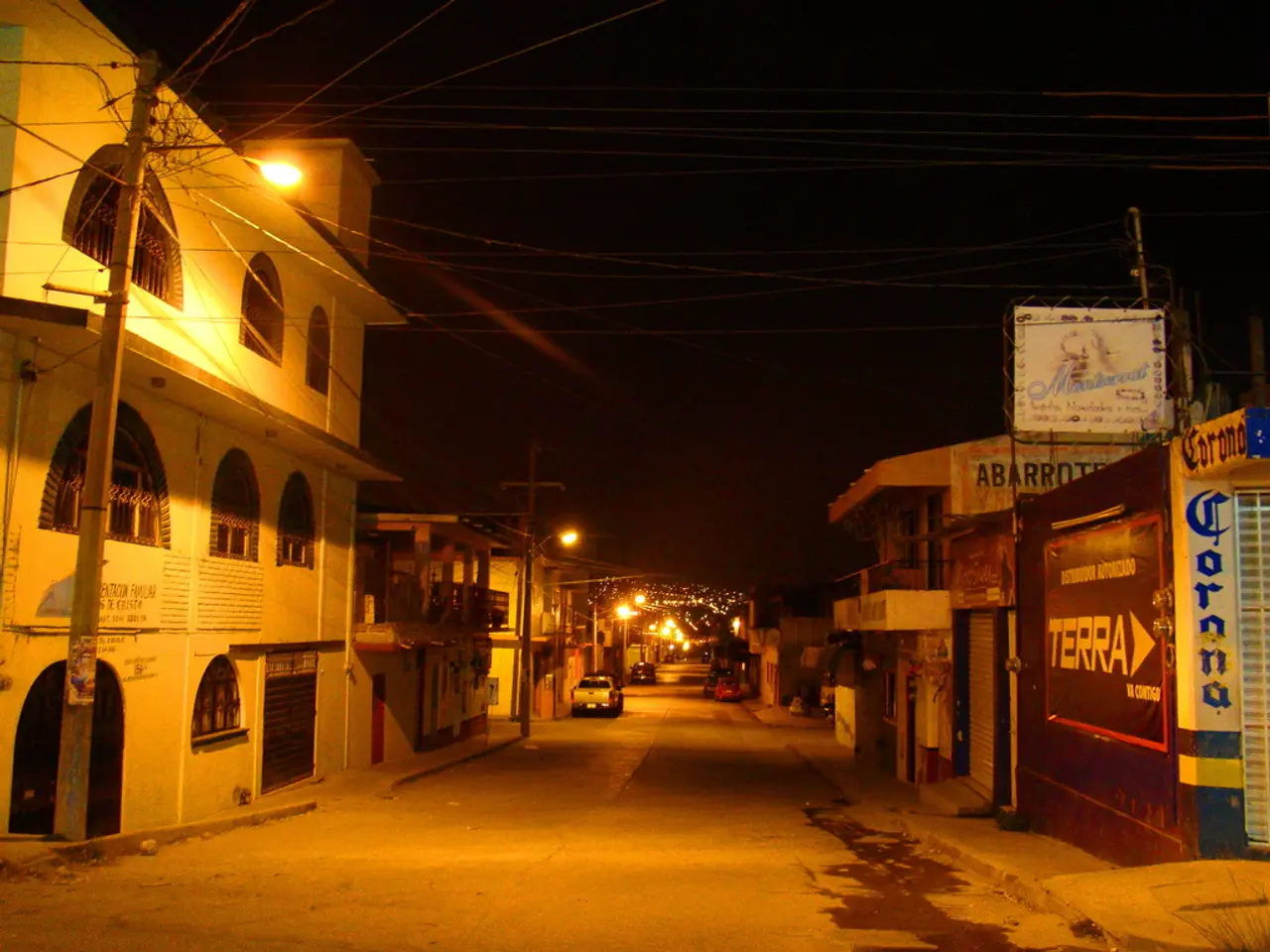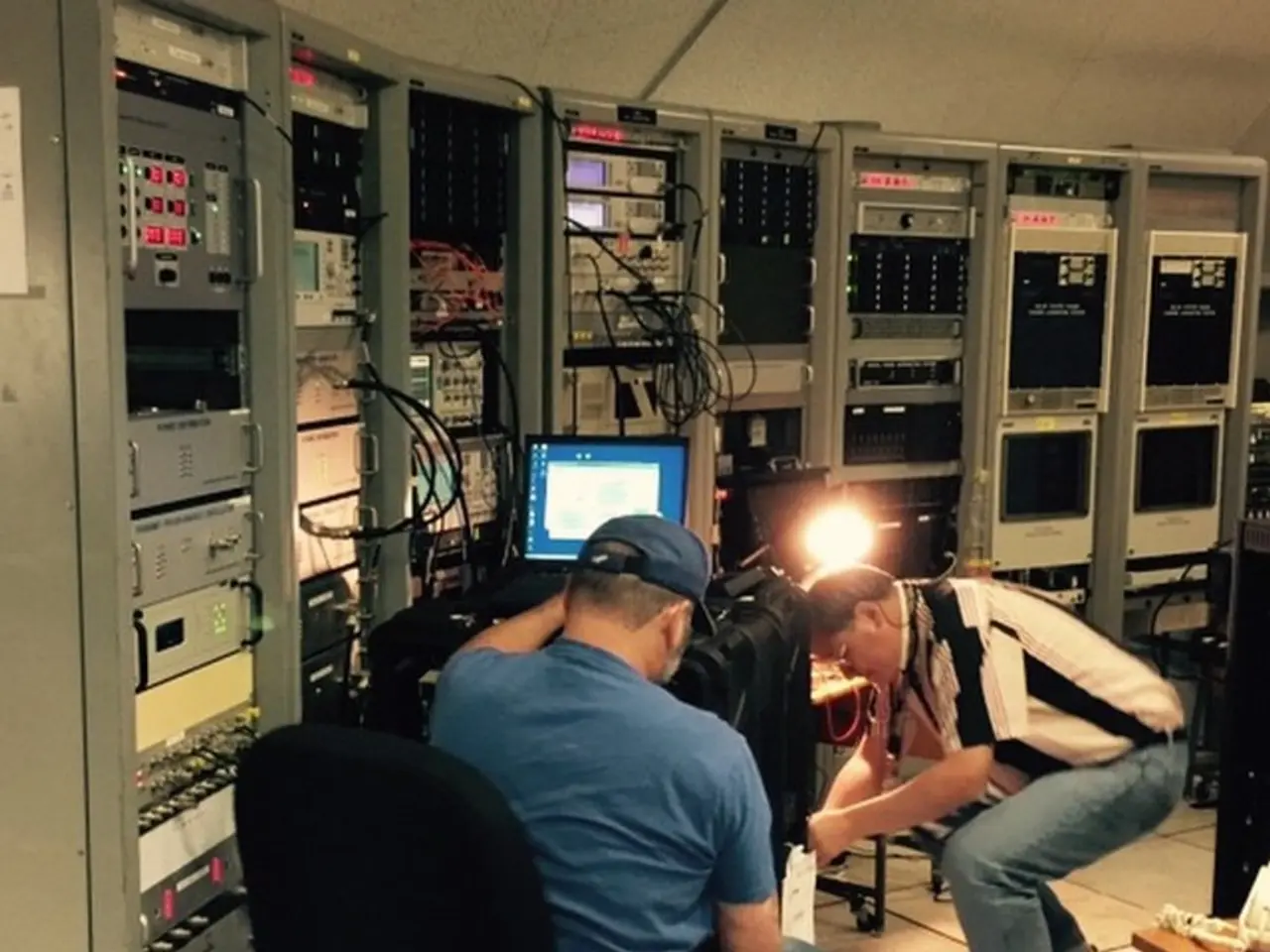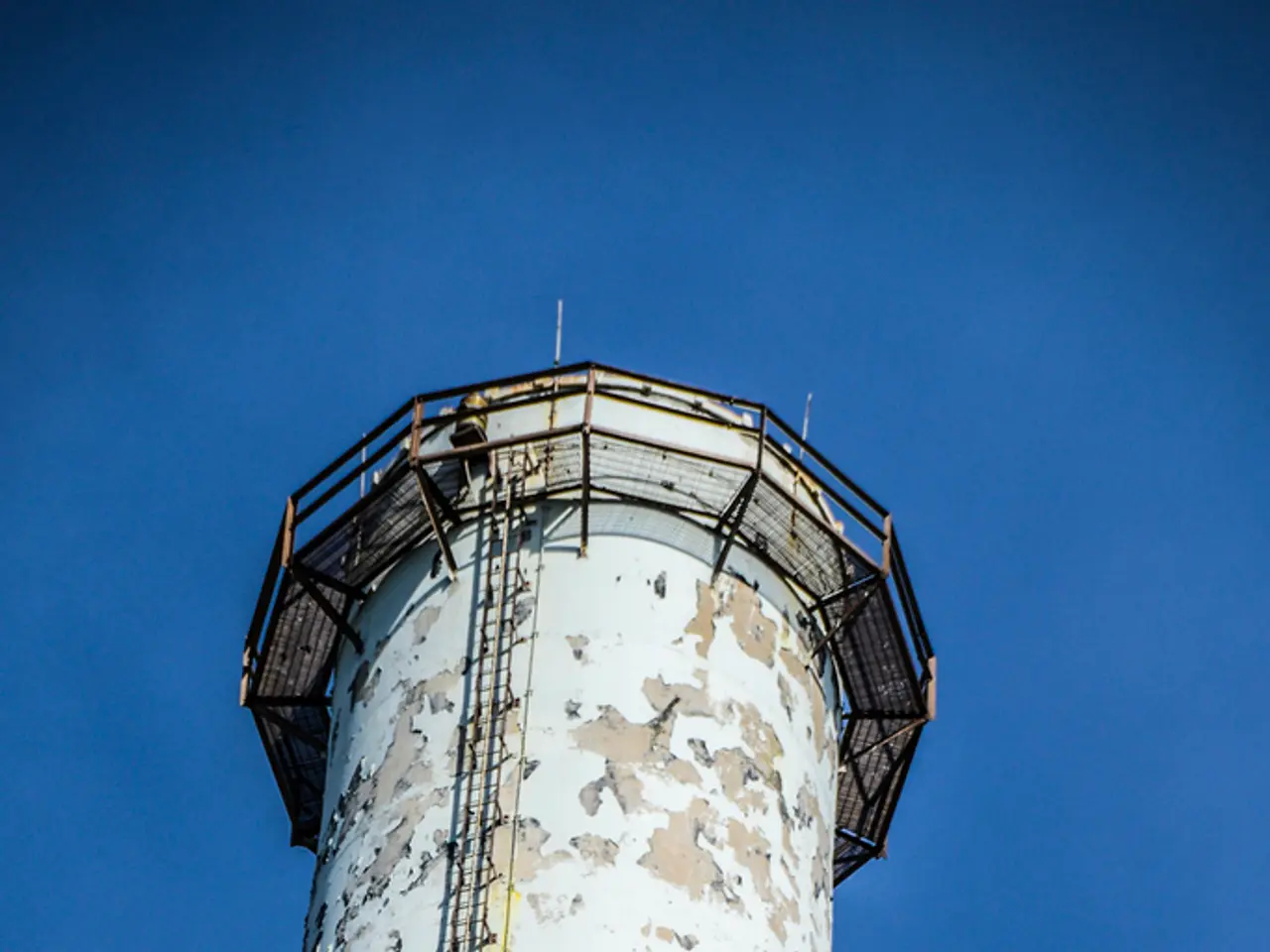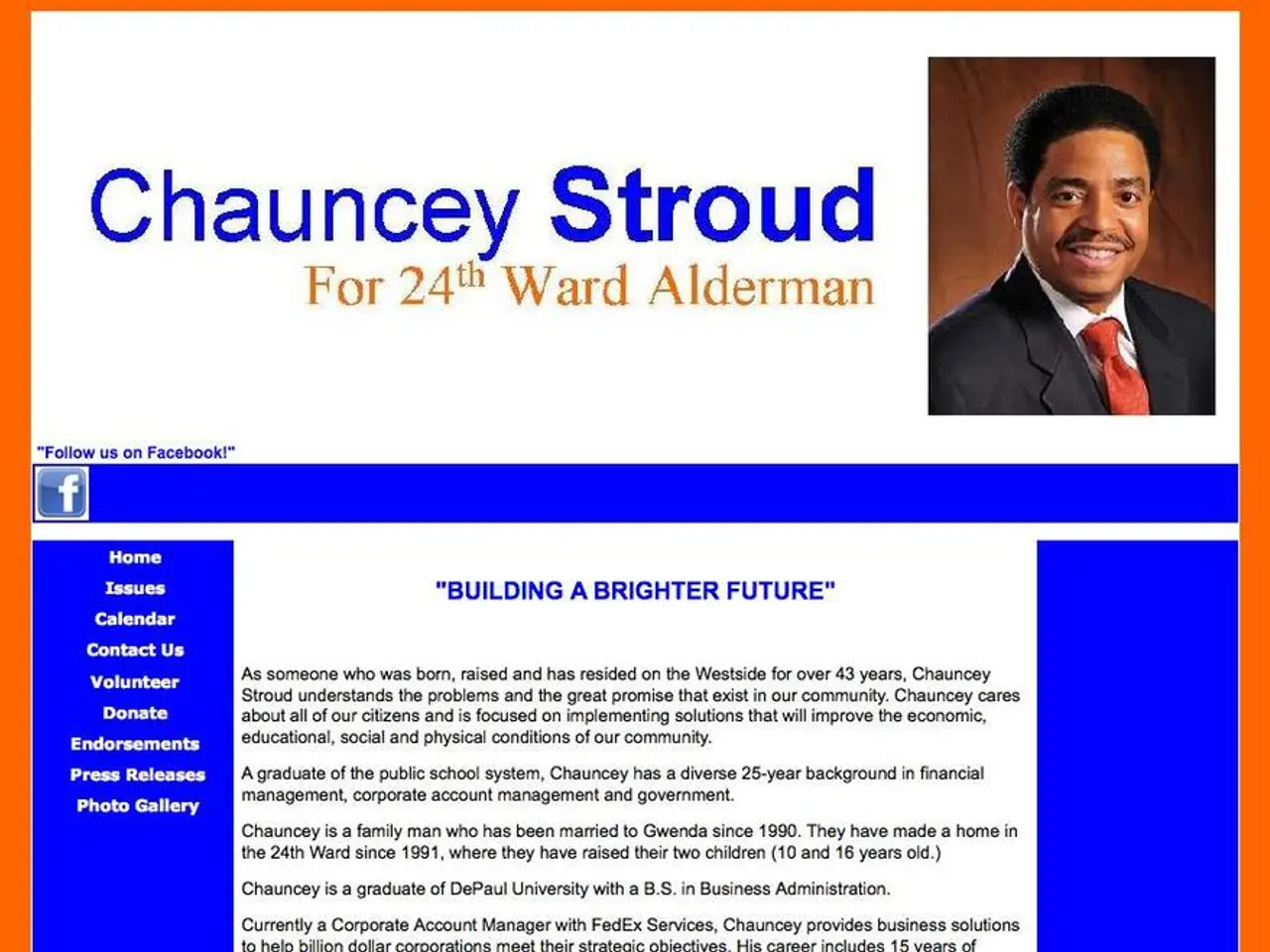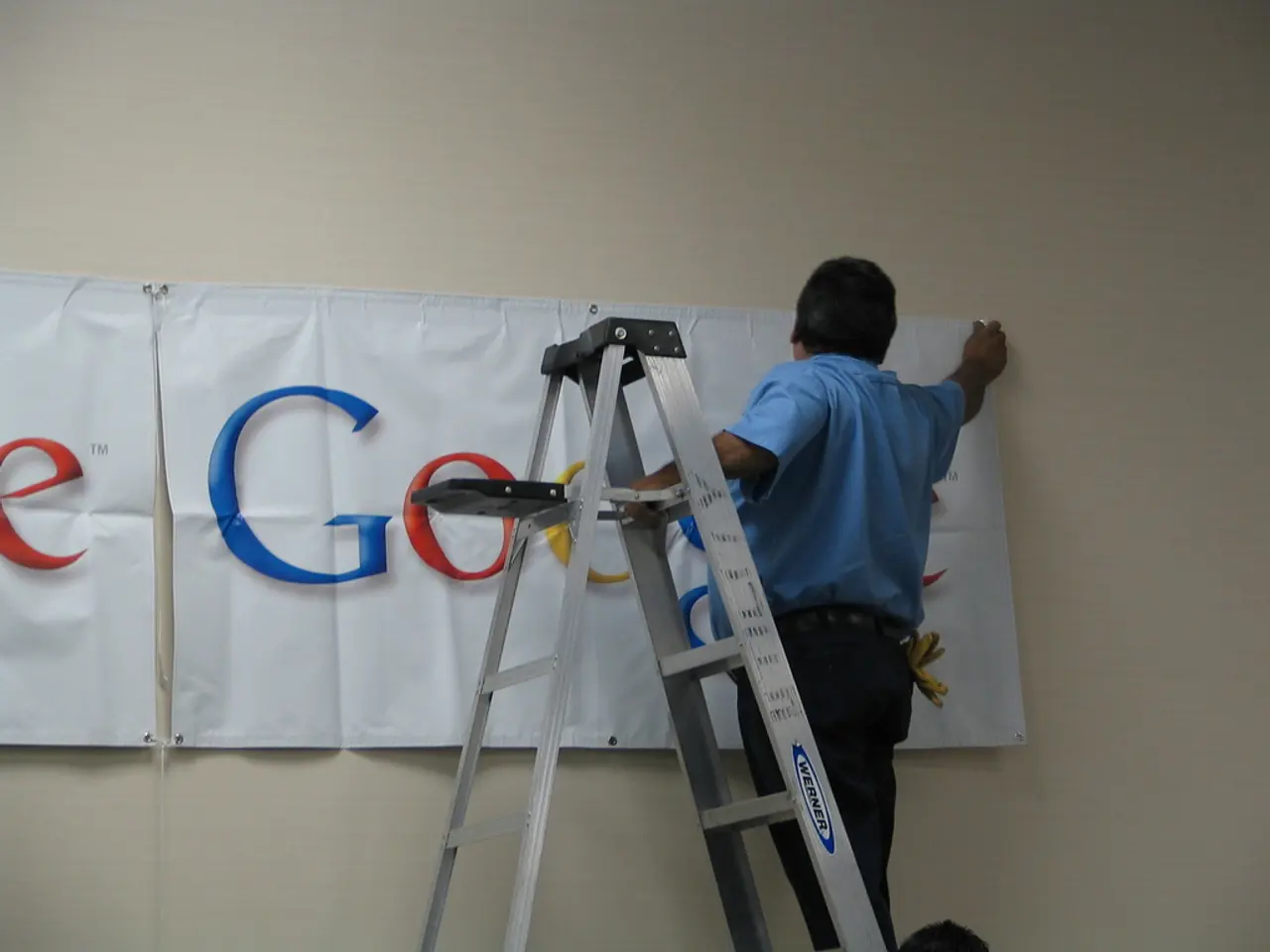Traveling along the electric highway in Australia: Is our destination for electric vehicle charging in sight?
The electric vehicle (EV) revolution is gaining momentum in Australia, and this is particularly evident on the long-distance route between Perth and Sydney. While Tesla's Supercharger network offers a reliable and user-friendly charging experience, the options for non-Tesla EVs are developing, albeit with some limitations.
Tesla's Supercharger network, with 116 stations across Australia, provides high-powered DC fast charging that can recharge a Tesla battery to 80% in about 30 minutes. This network is particularly extensive along major interstate routes, including the Perth to Sydney route, making it a popular choice for Tesla owners on long-distance trips[1]. Tesla Destination Chargers, offering slower AC charging at hotels and other locations for extended stops, are also available.
For non-Tesla EVs, public DC fast charging networks like Chargefox operate in Queensland and other states, with multiple fast-charging sites being expanded. However, specific details on fast chargers directly on the Perth-Sydney route are less prominent in recent reports, suggesting potentially limited coverage or intermittent availability outside major hubs[2]. Users typically need to use apps like Chargefox or PlugShare to locate chargers, check availability, and monitor costs.
The public charging infrastructure requires user accounts (for example, Chargefox), app activation, and use of station-attached cables for DC fast charging, which can be cumbersome for some users[2]. Tesla’s proprietary Supercharger network tends to offer a more seamless experience due to dedicated hardware and integrated vehicle support. Public chargers can sometimes suffer from reliability issues such as downtime or incompatible connectors depending on the EV model.
Emerging technologies like Vehicle-to-Grid (V2G) and bidirectional charging are on the horizon and may impact the charging landscape soon, but these are currently in early rollout stages and not yet widespread on major interstate routes like Perth to Sydney[3][4].
One notable development is the use of Tritium chargers along the stretch and at the off-grid NRMA charger over the border at Nullarbor roadhouse. However, some Tritium chargers, such as the Biofil Tritium chargers, have faced issues, with some being taken offline due to modifications and others experiencing operational problems[5].
RAA's fast chargers have similar features to the WA EV network, including booth layout, ease of activating charging, and cable lengths. The RSL motel at Wagga provides a solid 11kW, BYO cable, free charging to overnight guests, while the NRMA app is considered the least user-friendly of the major networks[6].
There is concern about the quality of NRMA's charging network, as it is less than fit for purpose according to some in the EV community. Issues such as reliability problems, inaudible instructions for credit card swipe activation, and broken RFID readers have been reported[7]. Chargefox RFID card is the only reliable way to activate charging at several sites due to little or no phone reception.
In conclusion, Tesla drivers currently enjoy a reliable and easy-to-use fast charging experience on the Perth to Sydney route, supported by a dense Supercharger network. Other EV owners can access growing DC fast charging infrastructure but may face some challenges related to reliability and ease of use. Ongoing infrastructure expansion and technology improvements are expected to enhance the experience for all EV users in the near future[1][2].
### Summary Table
| Aspect | Tesla Network | Public DC Fast Charging | |-----------------------------|---------------------------------|----------------------------------| | Coverage Perth-Sydney | Extensive, with Superchargers | Growing but more limited | | Charging Speed | Up to 80% in 30 minutes | Comparable fast speeds, varies | | Ease of Use | High, integrated app/vehicle | Moderate, requires app/account | | Reliability | High, dedicated infrastructure | Variable, dependent on operators | | Emerging Tech Availability | Not yet (focus on charging only) | Early V2G/bidirectional development |
[1] Tesla Australia - Supercharger Network (https://www.tesla.com/findus/charge) [2] PlugShare - Australia (https://www.plugshare.com/maps/au) [3] Australian Renewable Energy Agency - Vehicle-to-Grid (https://arena.gov.au/projects/vehicle-to-grid/) [4] Clean Energy Council - Bidirectional Charging (https://www.cleanenergycouncil.org.au/-/media/Files/Industry/Electricity/Electric-Vehicles/Bidirectional-Charging-FAQ.ashx) [5] Biofil - Tritium Chargers (https://www.biofil.com.au/our-technology/tritium-chargers/) [6] RAA - Charging Network (https://www.raa.com.au/travel/charging-network) [7] NRMA - Charging Network (https://www.nrma.com.au/charging-network/)
Technology plays a significant role in enhancing the charging experience for electric vehicle (EV) owners, particularly on the long-distance route between Perth and Sydney. While Tesla's Supercharger network offers a reliable and user-friendly charging experience, innovations like public DC fast charging networks, such as Chargefox, are developing and expanding to accommodate non-Tesla EVs, albeit with some limitations or reliability concerns.
